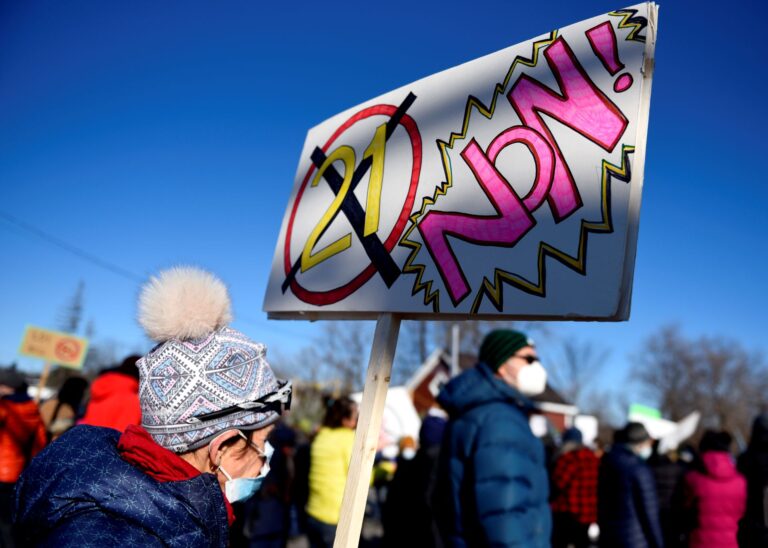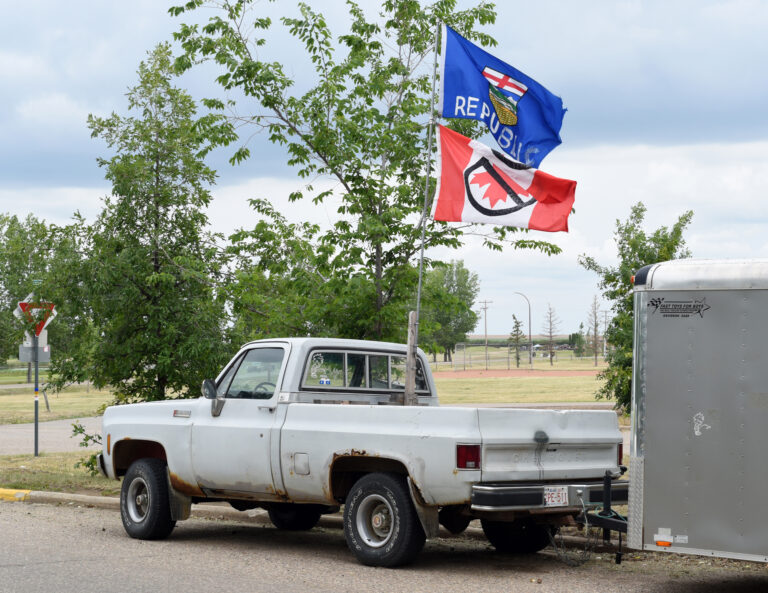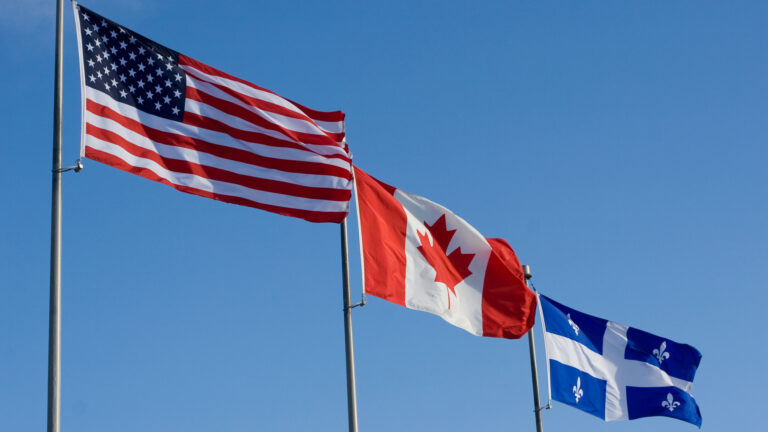Allan Blakeney once reached for a popular drug-store pain reliever to describe the purpose of official commissions of inquiry. He said Canadians see them as a sort of Minard’s liniment – a general-purpose remedy for whatever ails the body politic.
Blakeney was a former premier of Saskatchewan who served with me as a commissioner on the Royal Commission on Aboriginal Peoples 1991-96.
His remark was a colourful explanation for a critical question: What are commissions good for? How might the work of policy commissions be tested or evaluated?
Thinking about the work and the legacy of the Truth and Reconciliation Commission (TRC), how might we view the truth of “reconciliation” between Canadians generally and Aboriginal people within Canada? The title of the TRC is plain in its focus.
No doubt, 10 years after its final report, “reconciliation” has become a buzzword or public slogan. Everything is being promoted as a boost for “reconciliation.” If the slogan is not a metaphorical rubbing of Minard’s, is it only an all-purpose advertising adjective?
The technical challenge
Given the history of relations between Canada and the Aboriginal Peoples, any commission dealing with Aboriginal issues was going to face some uncomfortable truths.
My perspective reflects my experience on the royal commission and the Manitoba Aboriginal Justice Implementation Commission of 1999-2001.
The wag’s notion of reconciliation means one side has all the power and the other side had better get used to it. It’s a fair reading of how the Supreme Court of Canada uses the term in a constitutional setting. But we can probably dismiss that definition.
What’s standing in the way of teaching about residential schools?
More technically, “reconciliation,” in its true meaning of “to make friendly again,” hides the uncomfortable truth that it might be hard in particular cases to find that history of prior friendship.
And words do matter. Canada, like all other states with minority populations of Indigenous Peoples, controls the national rhetoric on the state-Aboriginal relationship.
That includes the power to use words to influence the very identity of those populations, as witnessed in Canada by the shifts from terms such as Indian to First Nations to Aboriginal Peoples to the current “Indigenous” Peoples. National rhetoric also influences self-naming, pushing those affected to try to fit into whatever official category best enables them to keep their sense of who they really are.
Is Canada behind the popular adoption of “reconciliation”?
The courts’ misplaced focus
When I think about the Canada-Aboriginal relationship, I see an evolutionary line from the early self-serving official view about a “doctrine of discovery” that explained the takeover of the Aboriginal homelands. This line continues through to the present conceptual framing by Canada’s courts of the “aboriginal and treaty” rights introduced into the 1982 Constitution Act as rights that “reconcile” the bare power or sovereignty of Britain and Canada with the “presence” of the Aboriginal Peoples.
In the courts’ vision, it is the presence of the people that matters, not the fact that they were politically organized and capable of participating in the relationship of friendship that true reconciliation should be trying to re-establish.
The current and future evolution of the relationship must move from recognizing the mere physical presence of the Aboriginal Peoples to the recognition that it is their political action that matters. It was the political action of the Aboriginal Peoples that mattered historically, and from which their group interests crystallized into rights recognizable and enforceable within the Canadian legal system and since 1982 within the constitutional system.
The doctrine of discovery and its companion idea of terra nullius – Latin for “land belonging to no one” – both focus solely on the presence or absence of Aboriginal Peoples. By discarding them, true reconciliation recognizes the equal human dignity of Aboriginal Peoples and their entitlement to all human rights. It also recognizes their constitutional and legal significance.
Accordingly, as the Supreme Court suggests, the principle that consent is the basis of constitutional legitimacy applies equally to Canada’s relationship with the Aboriginal Peoples. What is good for the Canadian goose is good for the Aboriginal gander. This is a forward-looking approach, appropriate for reconciliation. It asserts that Aboriginal Peoples’ political action mattered not only yesterday but also matters today and will continue to matter tomorrow.
Constitutional consent as the basic function of “reconciliation” invites joint and national collective commitment and political action. This is where truth, the first idea in the TRC’s name, does its work.
The pursuit of larger truths
The idea of truth in relation to reconciliation is like the thin, fragile “spring ice” that forms overnight in the ditches and shallow ponds in Western Canada, where I grew up. It is more fragile but also more elastic than the hard ice of winter.
I recall that as young children, we delighted in testing its strength on our way to school. Sometimes at play we would break off pieces of this window-pane-thin ice to see how large a piece we could get to lift triumphantly to sparkle in the springtime sun.
Truth is like that fragile spring ice.
Any one person can pick up a small piece. But a larger piece can be held up only by many hands working together with great care. When held up this way, we will know it is the springtime of our relations and that the sun will make it a thing of shining beauty.
The question is whether the subject matter of the TRC’s mandate has changed the way people think about the idea of reconciliation. The true purpose of a policy commission is to think out loud. A commission is successful if it has changed the way that people think about its subject.











